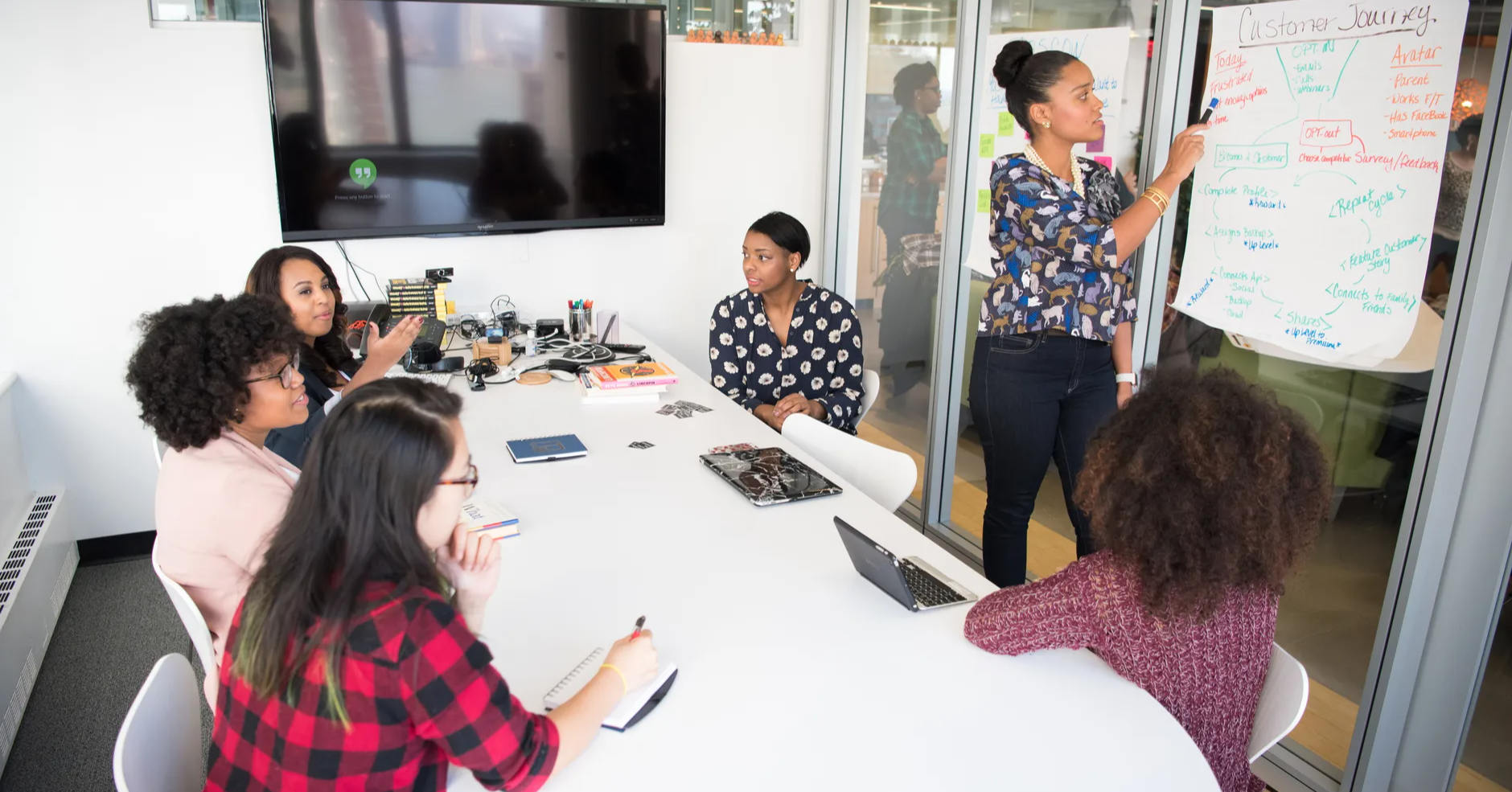Preventing Unconscious Bias in the Workplace
Have you ever been discriminated against? Have you had someone judge you, even innocently, for who you are?
This might be an example of unconscious bias.
What is Unconscious Bias?
This is a type of prejudice, where someone may either be against or in favour of a certain thing, characteristic, person or group in a way that can affect that person or group negatively.
Biases like these usually take the form of social stereotypes that can be formed in your mind due to external factors and how we tend to categorise things in order to understand them.
So how do we work to avoid unconscious bias within the workplace?
- Types of Unconscious Bias
- Unconscious Bias and Discrimination
- Protected Characteristics
- Reporting Discrimination and Identifying Unconscious Bias
Types of Unconscious Bias
There are many types of unconscious bias and some may surprise you. It’s really good practice to learn, acknowledge and combat the types of unconscious bias you may either experience or perpetrate to create a more inclusive and safe work environment.
The following are types of unconscious bias and how they can manifest:
- Weight bias: Negative judgement based on a person’s weight.
- Gender bias: The assumption that a certain gender can’t do a certain job or the preference of one gender over another.
- Name bias: When someone is judged based on their name and/or perceived background.
- Conformity bias: This type of bias happens in groups, where opinions or views can be swayed because they’re influenced or quashed by others.
- Confirmation bias: When identifiers, behaviours or evidence that confirms a previously held belief is specifically searched for.
- Beauty bias: Judging people based on how attractive you may find them.
- Ageism: Discrimination on the basis of age. This may manifest as assuming a young worker is not responsible enough to do something or assuming that an older person cannot use a particular technology.
- Attribution bias: If you already have a particular bias against someone, their achievements can be undervalued and their mistakes can be overvalued.
- Affinity bias: The action of gravitating towards people we are more similar to. It can be manifested in the workplace when a manager may only hire people that have a similar background to them.
Unconscious Bias and Discrimination
Everyone holds unconscious beliefs, but sometimes these beliefs can not only impact our lives negatively, but the lives of others. Within the context of the workplace, we need to be able to combat these beliefs in order to create places of equality, acceptance and social equity.
Unconscious bias (implicit bias) is far more common than you’d think, coming out more often than conscious prejudice (explicit bias). It lies just below the surface of our everyday thoughts and has the power to influence our actions. Stress or a bad mood can make it all the more likely that these biases present themselves in actuality.
The key thing to remember is, we’re not trying to create an environment where these biases don’t show themselves. Rather, we’re trying to get rid of the root cause of unconscious bias and therefore, the bias itself.
Another thing to note is that unconscious bias is a form of discrimination within the workplace.
What Is Discrimination?
Discrimination is where a person is treated unfairly based on who they are or the characteristics they may possess. Discrimination like this is actually unlawful under the 2010 Equality Act, which was set up to protect everyone against discrimination.
Direct and Indirect Discrimination
When it comes to unconscious bias and discrimination, there are a number of ways of defining an act of discrimination.
- Direct Discrimination: Where a person with certain characteristics is treated less favourably than those with different characteristics. An example of this may be when a person, who has all the qualifications and experience needed for a job, is turned down for a position because of their race.
- Indirect discrimination: This is where there may be a certain policy or rule in your workplace that treats you unfairly or puts you at a disadvantage compared to others. An example of this could be forcing religious members of the team to work on any of their holy days which are usually spent off.
The Difference Between Discrimination by Perception and Association
We can further categorise discrimination into two other groups:
- Discrimination by perception: This is where you might be receiving treatment because someone believes you belong in a certain group with protected characteristics. For example, someone might assume your sexuality or gender identity based on how you look and then may treat you differently.
- Discrimination by association: If you’re treated unfairly because of someone you associate with, that can be identified as discrimination by association. This might manifest as a refusal of service in a business because of someone you’re with.
Protected Characteristics
We’ve mentioned ‘protected characteristics’ previously in this blog. These protected characteristics are actually protected by law, as in it’s against the law to discriminate against anyone because of the following:
- Race.
- Sex.
- Age.
- Disability.
- Gender reassignment.
- Sexual orientation.
- Religion or belief.
- Marriage or Civil Partnership.
- Pregnancy and maternity.
You can find more on discrimination in the workplace on the UK Government website.
Reporting Discrimination and Identifying Unconscious Bias
There are multiple ways of dealing with unconscious bias or acts of discrimination. For example, you can complain directly to the person or an authority member with the organisation.
You can also resolve to sorting out the issue, which is known as ‘mediation’ or ‘alternative dispute resolution’. Finally, if you’re not satisfied or the issue isn’t dealt with, you can actually make a claim within a court or tribunal.
We also need to think about how we identify unconscious bias within ourselves and within others. There are five steps you can take to help you do this:
- Maintain awareness: Learn what unconscious bias is and train your brain into not making blanket assumptions about people purely because of any characteristics they possess.
- Question yourself and others: If an assumption is made, question it. Does that opinion have any factual evidence? How does it make the targeted person feel? Have previous opinions like this been found to be true?
- Implement inclusivity: There’s almost an infinite number of ways you can do this, but you can try:
- Valuing time equally.
- Talking to other people and take on board their ideas fairly.
- Giving feedback constructively.
- Acknowledging everyone.
- Soliciting feedback from everyone.
- Ensuring decisions are made democratically.
- Promote dialogue that’s inherently supportive: Acknowledge, clarify and explore the viewpoints and ideas of others, rather than blindly accepting or rejecting them.
- Call unconscious bias out: If you see any acts of unconscious bias, call them out. It may be awkward, but it will mean the process of solving any issues gets underway.
Supporting a Strong Culture of Diversity and Inclusion in the Workplace
Discover more about the background of unconscious bias within the workplace, the core of the Equality Act, how to manage unconscious bias and how to integrate inclusion development into your organisation with our Championing Diversity and Inclusion in the Workplace training course. Book your place today.





